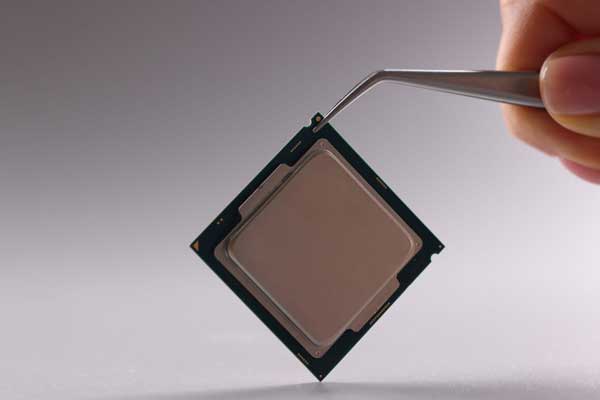Sparking Conversation & Discovery
-

Master Productivity with These Proven Daily Success Habits
Improving productivity isn’t just about managing time—it’s about managing energy, focus, and consistency. Over the years, experts have shared timeless strategies that help people accomplish more with less stress. This guide brings together the most practical daily productivity rules and methods designed to help you win each day and maintain momentum. The Two-Minute Rule If…
-

The Power of Storytelling in Marketing and Branding
In the world of marketing and branding, one element consistently stands out as the secret ingredient behind memorable businesses: storytelling. Stories create emotional connections, help audiences remember, and transform ordinary products into unforgettable brands. By understanding how stories shape memory, influence perception, and add brand equity, businesses can elevate their strategies and connect more deeply…
-

4 Bulletproof Business Failsafe Ventures
In the ever-evolving world of entrepreneurship, the mantra “nine out of ten businesses fail” has become a daunting reality for many aspiring entrepreneurs. However, the landscape is shifting, and not all businesses are created equal when it comes to their chances of survival. In this comprehensive guide, we will uncover the four business models that…
-

Embrace the Journey: 40 Life Lessons from a Seasoned Blogger
As we navigate the ever-changing landscape of life, it’s important to reflect on the wisdom we’ve accumulated along the way. In this comprehensive article, a seasoned blogger shares 40 powerful life lessons that he’s learned by the age of 40. From the insights on relationships and personal development to the practical tips on productivity and…
-

How to Start a Profitable Blue Collar Business With Low Startup Costs
For many people, the appeal of starting their own business comes from the prospect of high earnings and independence. However, concerns about substantial startup costs often deter would-be entrepreneurs from taking the leap. Fortunately, there are plenty of blue collar business ideas that can generate impressive profits without requiring a huge initial investment. This comprehensive…
-

The Hidden Technology Inside Nespresso Coffee Pods
Nespresso completely changed the way people drink and think about espresso when it launched its innovative coffee pod system in the late 1980s. The convenience and speed of being able to make high-quality espresso drinks at home captivated consumers and transformed Nestle into a coffee powerhouse. By 2022, Nespresso was generating over 6 billion CHF…
-

How Hotel Rooms Are Assigned: An Inside Look Into the Complex World of Hotel Room Allocations
Have you ever arrived at a hotel, settled into your room, then decided you wanted to extend your stay only to be told you needed to switch rooms? It’s a frustrating experience, but there’s actually a fascinating science behind how hotels assign their limited rooms. As someone who has worked at hotels of all sizes,…
-

Proactive Steps to Take for an Upcoming Recession
A recession can happen at any time and catch many people off guard. Being proactive and prepared is key to navigating an economic downturn. In this article, we will explore six practical steps you can take now to recession-proof your finances. What Defines a Recession A recession is typically defined as two or more consecutive…
-

How Understanding the Psychology of Money Can Help You Become Financially Free
Money. It’s something we all need and want, yet it’s often a source of stress and discomfort. Beyond just dollars and cents, our relationship with money has deep psychological roots. In this article, we’ll explore some fascinating insights from psychology that can transform the way you manage your finances. You’ll learn about emotional spending, the…
-

Arm: The Essential Player Powering Your Smartphone, Laptop and More
The company behind the chip technology in billions of devices takes center stage. There’s a company nearly every chipmaker relies on that doesn’t actually make anything tangible. Yet its blockbuster IPO in September valued it above $54 billion. Arm is the most pervasive CPU or brain in the history of modern electronics. Understanding what Arm…
-

Escape the 9-to-5: How to Achieve Financial Independence According to Robert Kiyosaki
Have you ever dreamed of not being tied to a traditional job and having the freedom to live life on your own terms? Many assume it’s an unrealistic fantasy, but financial guru Robert Kiyosaki argues it’s very attainable for those willing to take control of their financial life. In his teachings, Kiyosaki provides a roadmap…
-

The Fascinating History Behind Why Cash is King
Money makes the world go ’round. Almost everything we do each day revolves around using money in some way. We work to earn it, we spend it when we shop, and we save and safeguard our stash of money. But why do we dedicate so much of our lives to money? What is it that…
